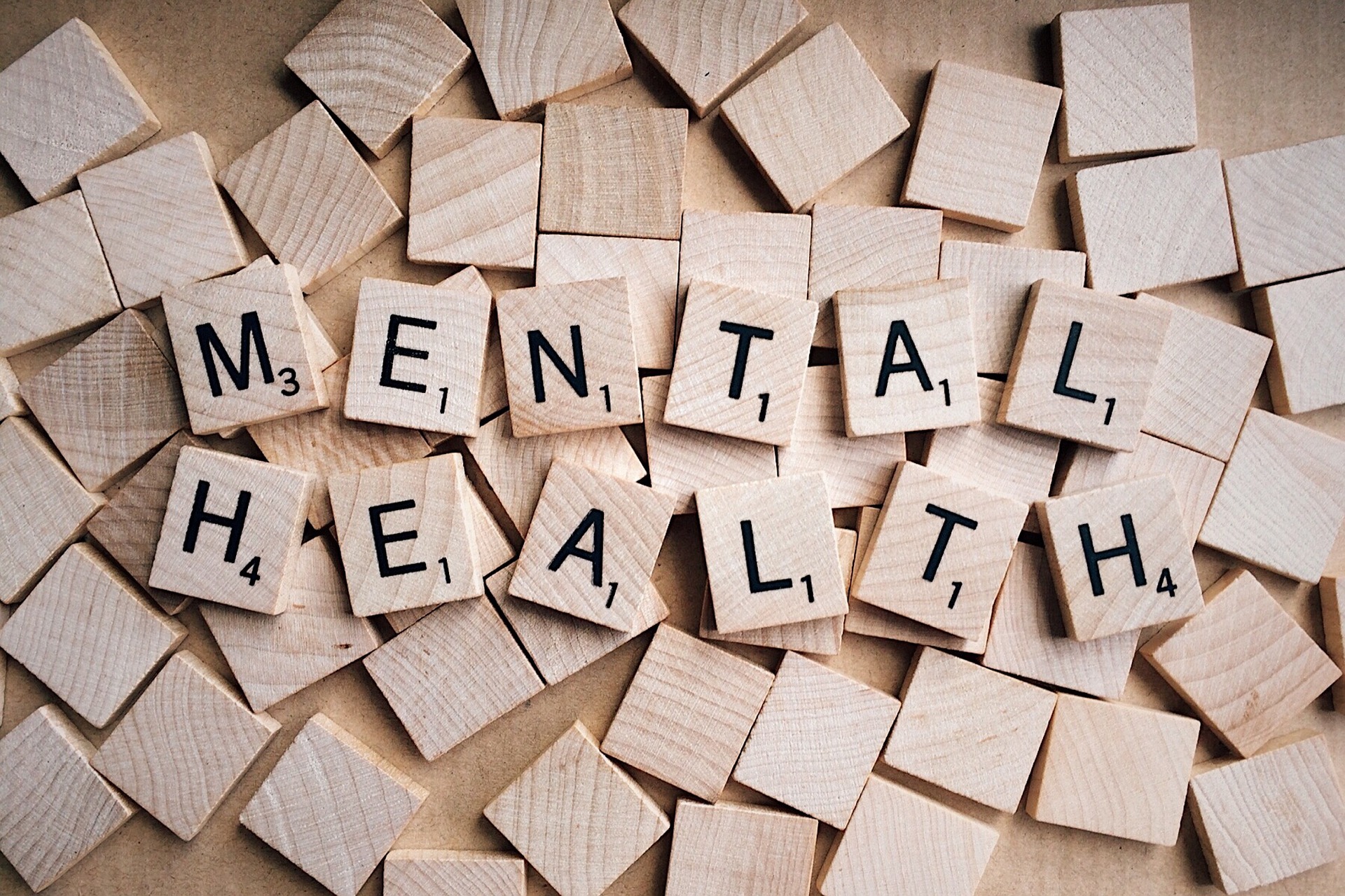The recent deaths of fashion designer Kate Spade and celebrity chef Anthony Bourdain refocused public attention on the epidemic of suicide. But why is suicide rising in the U.S. – and what can we do about it?
Fifty-four percent of people who commit suicide have no known mental illness, according to the Centers for Disease Control and Prevention. And yet there is a clear relationship between diseases like depression and bipolar disorder: roughly 10 percent of people with major depression and 15 percent of people with bipolar disorder ultimately take their own lives. If mental illness and suicide are linked, this means far too many people are undiagnosed and untreated for potential trigger diseases.
Today, diagnosing these disorders relies on subjective observations rather than scientific methods and evidence. What if mental health were no longer a subjective, abstract taboo, but that we could objectively detect a person’s risk of mental health illness years before they ever experience symptoms?
Research on chronic traumatic encephalopathy (CTE), a traumatic brain injury that until now could only be diagnosed during an autopsy after patients die, offers some guidance on how biomarkers (or proteins in the blood) can help detect mental health conditions that sometimes lead to suicide. Researchers can now correlate CTE with biomarkers – indicating the presence or risk of a disease. This breakthrough raises the possibility of discovering CTE before it becomes fatal through a simple blood test potentially revolutionizing treatment of brain injuries.
The CTE example has clear lessons for areas of mental health. Clinicians often rely on guesswork to decide if patients have potentially dangerous disorders that could lead to suicide, and must rely on patients’ honesty about their mental state. With the stigma surrounding mental health, patients aren’t always forthcoming, just as athletes might cover up a concussion to avoid being pulled out of a game.
Like CTE, mental disorders that lead to suicide may not be formally diagnosed until the victim’s death. There is no scientific, objective way to gauge a person’s risk for suicide, either. This is why some suicides are accompanied by statements to the effect of, “We didn’t know anything was wrong.”
But just a short time ago, we didn’t know much about CTE, and it wasn’t until scientific evidence showed 110 out of 111 NFL players’ brains had the disease that CTE started gaining widespread attention.
By using biomarkers in the blood, can we one day detect mental health conditions before it’s too late? A study exploring the correlation between inflammation from brain injuries and instances of Post Traumatic Stress Disorder (PTSD) in combat veterans shows the potential to use biomarkers relating to a host of other neurological diseases, including depression and bipolar disorder.
A final risk is that medication prescribed for anxiety, when mixed with other drugs, can lead to depression and suicide. This is part of the broader problem in medicine, namely that many diseases can only be diagnosed once symptoms occur, and drugs with potentially dangerous side effects are often presented as the only solution.
Part of the answer to this mental health crisis, as in all other areas of health care, is to expand research into using biomarkers to predict disease years before symptoms are visible, and in many cases, before it becomes too late to effectively treat victims. This concept of using biomarkers to detect the presence or risk of disease is called precision health.
It is imperative we continue vital research into mental health biomarkers as part of the wider push toward preventing suicide. At a minimum, addressing the suicide epidemic requires we have an objective way of measuring mental health.
If we can discover a correlation between depression or bipolar disorder and prevalence of certain biomarkers, the gains will be twofold. First, we will be able to discover the risk of these illnesses before they take hold. Secondly, establishing biomarkers that are linked to mental illness will help unravel the taboo that still surrounds it, one which all too often contributes to people remaining silent until, tragically, they take their own lives.


